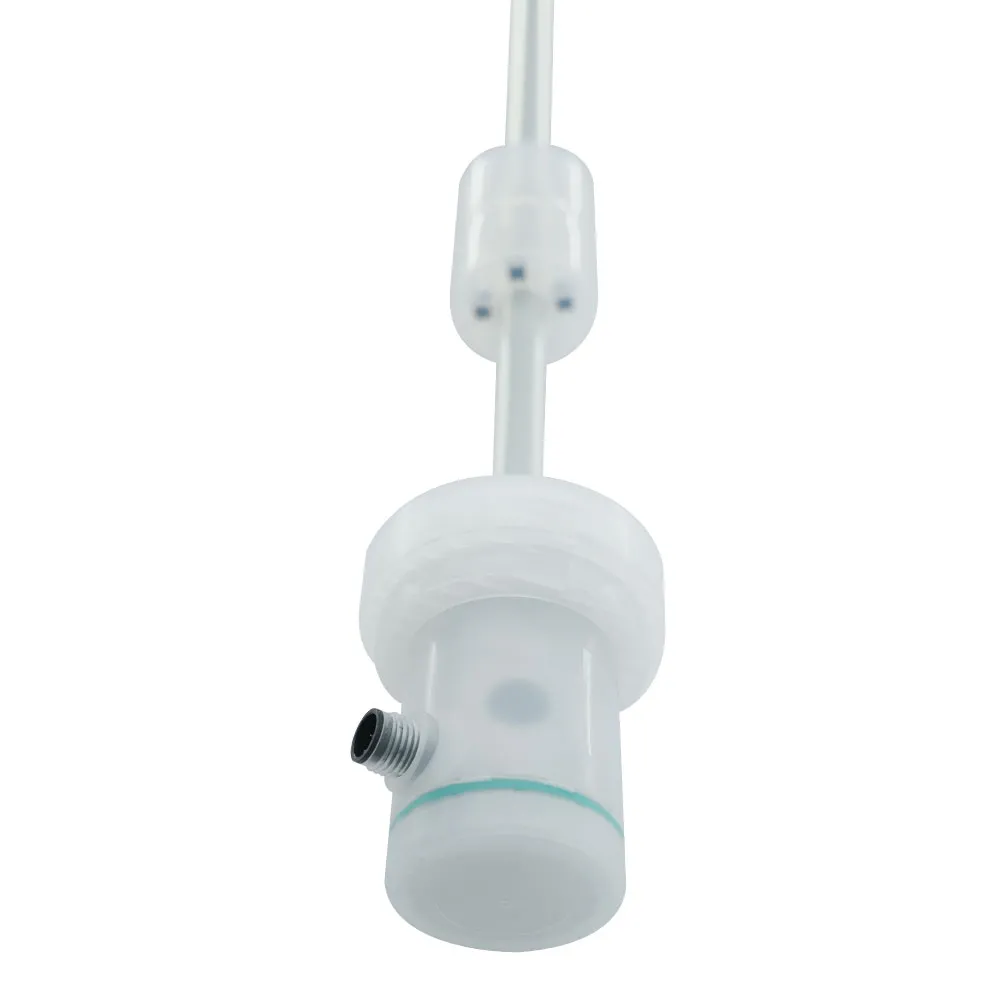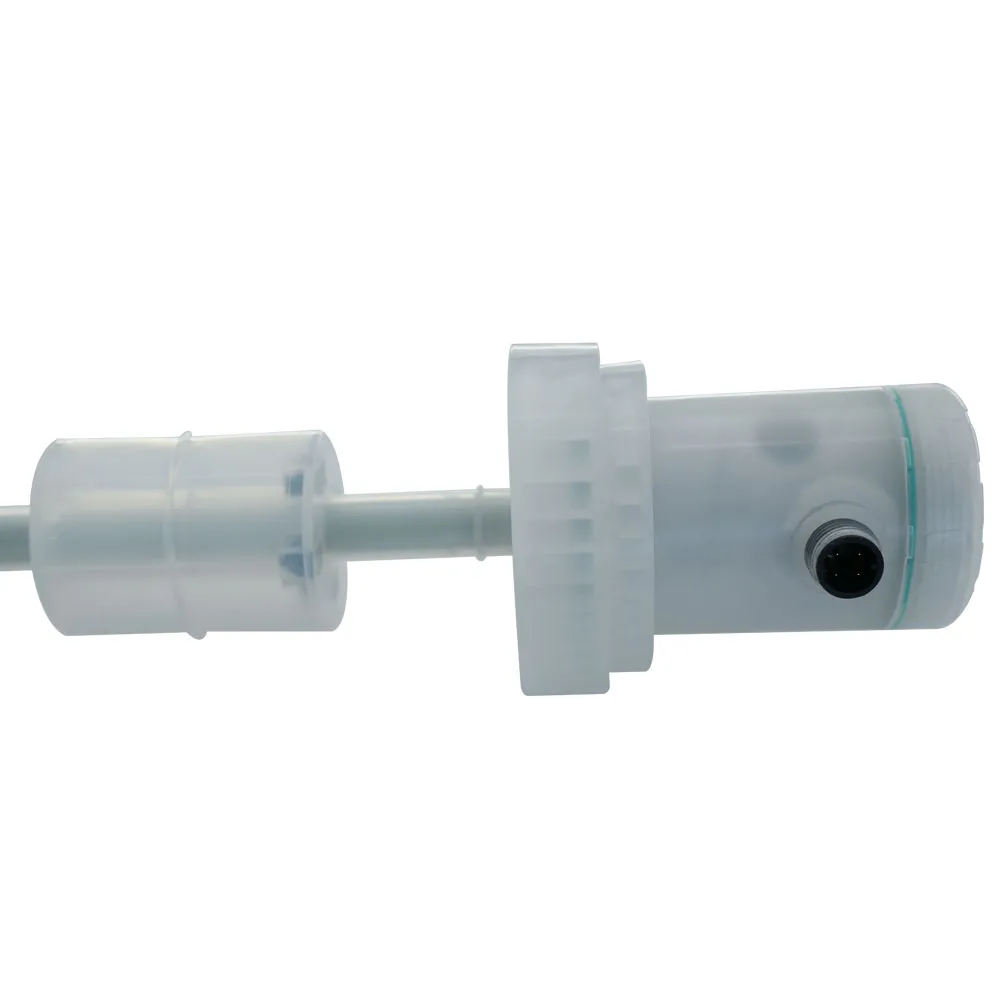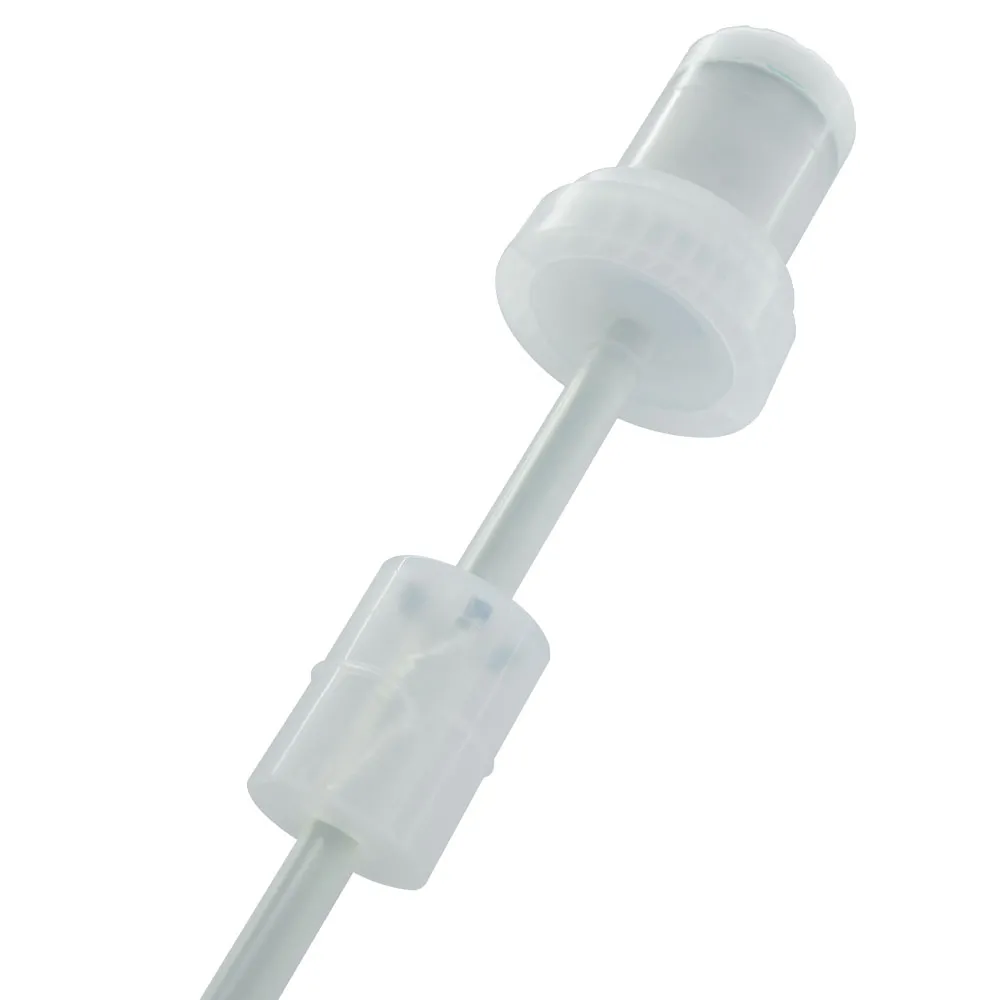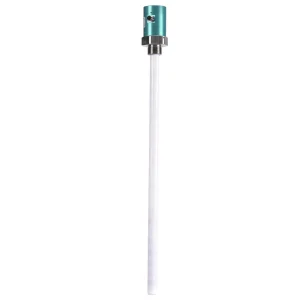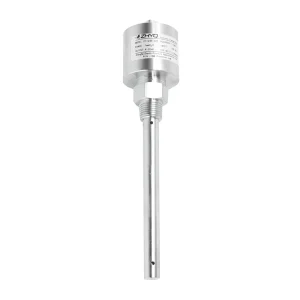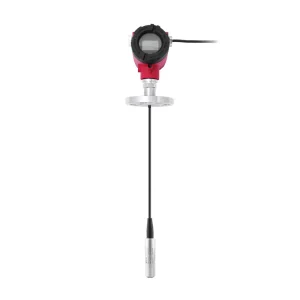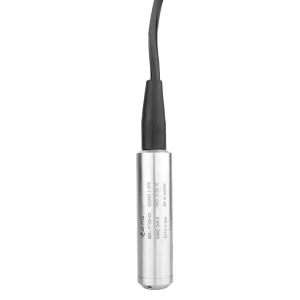Description
Technical Parameters
| Measuring range | 0~5000mm(customizable) |
| Max detectable speed | 10m/s |
| Signal output | 4-20mA、0-5V、0-10V、CANopen、CANbus 、EtherCAT(customizable) |
| Power supply | 12-24V DC |
| Resolution | 1; ±0.1mm(range<400mm) ;2; range÷4096(range>400mm) |
| Non-linear error | 1; ±0.1mm(range<400mm) 2; 0.05%FS(range>400mm) |
| Repeat accuracy | ±0.1mm |
| Temperature effect | ≤0.005%FS/℃ |
| Insulation pressure resistance | AC 500V/1min/1mA |
| Short circuit protection | Grounding protection |
| Reverse connection protection | Yes |
| Working temperature | -40℃~+80℃ |
| Humidity/dew point | Humidity 90%, no condensation |
| Storage temperature | -45℃~+100℃ |
| Protection | Wetted part; IP68; Electronic compartment; IP67~IP68 (optional) |
| Wetted material | PFA |
| Electronic compartment | PP |
| Float specifications | Φ40×H50×D12 |
| Guide rod specifications | Φ12 |
| Working pressure | <1.0MPa |
| Electrical interface | Aviation plug M12*1 |
| Installation method | Vertical installation |
Features
1. Non-contact measurement, never wear out.
2. Anti-strong magnetic field interference (exclusive technology), stable and reliable performance, long service life.
3. Absolute output, no need for regular calibration, no need to reset to zero position when restarting.
4. PFA material housing, resistant to strong acid and alkali corrosion.
5. 0.1mm resolution, high-precision liquid level detection.
6. Easy to install and maintain, using standard output signals, convenient for customer system automation upgrades.
7. Rich communication interfaces, can be customized on demand.
Application
1. Industrial site level measurement and control
2. Oil tank level measurement
3. Chemical process level control
4. Pharmaceutical tank level control
5. Food and beverage tank control
6. Dam water level monitoring
7. Drinking water and sewage treatment, etc.


